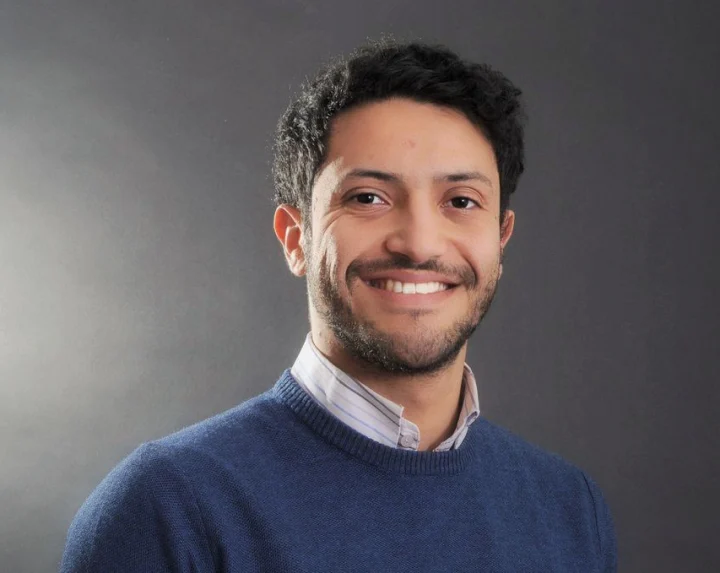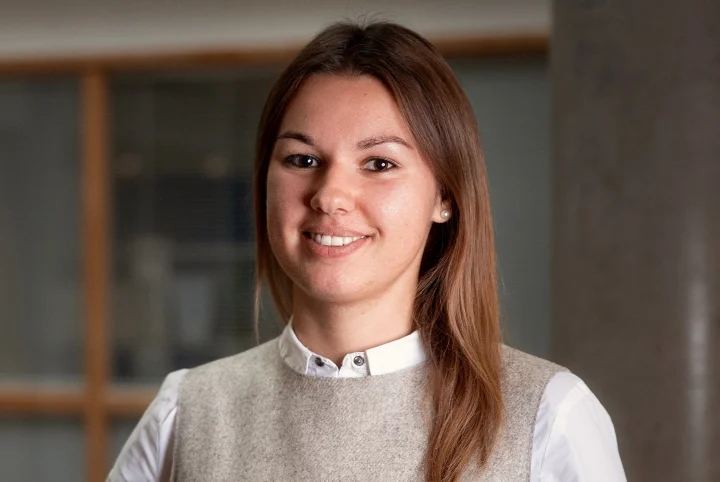The blending of practitioner and academic approaches, international perspectives, new ideas and a genuine appetite for research characterised a recent one-day workshop for the Bennett Institute’s Wealth Economy project. The lively interactions between participants from academia, policy and industry underlined the enthusiasm surrounding the project’s research questions around social and natural capital, and helped identify key research ideas to take forward.

Natural and social assets are increasingly prominent on current research radars. While measurement work in the natural capital domain is a mature field which has been under way for some time, making the research gaps easier to pinpoint, the identification, measurement and modelling of social capital is a more nascent field. The discussion at the workshop reflected work being conducted across the UK and internationally and demonstrated that, in both cases, there is an eagerness to gain a wider understanding of often undervalued assets, access to which generates prosperity. The aspiration to more widely reflect value generated is reflected in a growing number of companies (some represented at the workshop) already implementing and working with a six capitals framework.
The priority of formulating the right definitions was reiterated, and identifying suitable variables to measure is at the core of the Wealth Economy project’s aim to include social and natural capital in national and other mainstream accounting systems. For social capital, the overlaps and inter-relationships among concepts such as personal relationships, generalised trust, civic engagements, social networks and social norms and values need to be identified and clarified, while for natural capital looming tipping points and irreversible thresholds such as ice sheet melting, deforestation of the Amazon or mass extinction of fish or insects should be more helpfully identified and valued. The old adage “some numbers beat no numbers every time,” requires that “some numbers” are sufficiently informative and robust to beat the current practice of using zeroes for hard to predict and hard to measure assets, thus ignoring their contributions and degradation.
Theory must be at the base of addressing the puzzles consistently and robustly, but pragmatic questions enabling measurement of outputs and policy impact are needed too, especially if the aim is to improve the quality of policy advice. What is the relevant scale of impact when speaking of natural capital? What environmental ingredients allow social capital to be created? Can the concepts of investment and depreciation be applied as for other capitals? We have set our sights on uncovering the best methodologies for determining the value judgments that surround the measurement of these capitals, which are sculpted by the interplay of our institutions, expectations and perceptions.
The fact that key theoretical considerations relating to valuing wealth and understanding what generates GDP and other benefits can be applied to both capitals, lends weight to an approach which studies the two together. The distributional question of who can access the returns from these assets remains fundamental for social and natural capital alike, along a variety of axes including location, gender, age, ethnicity. These forms of capital are also heavily characterised by non-linearities, which makes the question of prediction all the more urgent, and difficult: the cliff’s edge might be just around the corner and yet no sign of catastrophe is in sight. For example, ecosystem collapse or the melting of the Greenland or West Antarctic ice sheet, or a collapse in generalised trust such that people who wake up as friends end the day massacring each other. There is therefore ample room for discussing valuation in terms of uncertainty and how we might be prepared to insure against low probability catastrophic risks, possibly within an option-value framework.
The power of policy might unfold primarily through expectations and reinforcing feedback mechanisms. In this sense, we might be able to design means of leveraging expectations, for instance one where the value of fossil fuels reserves and associated infrastructure declines because their future abandonment or stranding is entrenched in the public sentiment and thus expectations. This in turn raises the crucial question of effective communication: can social and natural capital be made operational concepts that are commonly understood and benchmarked against, much in the same way as the Sustainable Development Goals? For this, measurement is key. After all, statistics are both a lens for observing the economy and an instrument for shaping the economy, as policymakers, businesses and individuals change their behaviour in response to the picture they see through that lens.
Not only can natural and social capital display similar features, but they can also directly interact with one another. For instance, through the effect of depletable natural capital on social capital and vice-versa, where scarcity breeds conflict and migration or where a form of “resource curse” whereby institutions created to extract natural resources and distribute the spoils generate negative social outcomes, including internal conflicts which can disrupt social capital. On the other hand, there can be a virtuous (or vicious) impact of the degree of social cohesion on the sustainability of extraction. The difficulty in disentangling the direction of causality is a feature of the world but understanding key relationships can assist policymakers in identifying the right intervention points.
Propelled by the ideas and the methodological insights from the workshop, the Wealth Economy project is now embarking on some specific research questions to address over the next months. The aim is to secure a more comprehensive understanding of the modern economy. The project will continue to be enriched by the intellectual wealth of academia, policy and industry as reflected in our workshop. After all, the understanding of social and knowledge capital begins at home.
The views and opinions expressed in this post are those of the author(s) and not necessarily those of the Bennett Institute for Public Policy.








